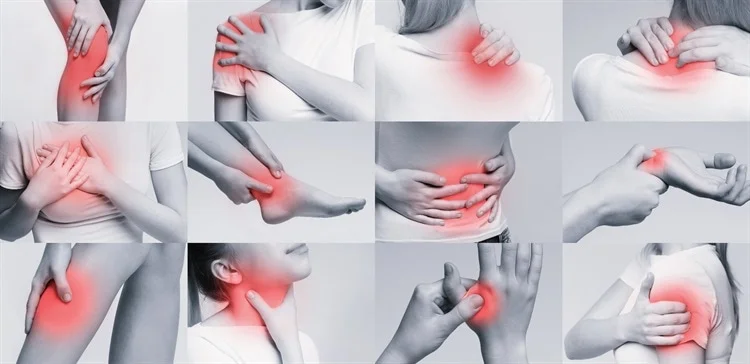October 2024 — A groundbreaking study published in the journal PNAS Nexus reveals significant differences in how men and women experience and manage pain, particularly when using opioid-based therapies. The findings underscore the need for sex-specific considerations in pain management strategies.
In the U.S.-based study, researchers conducted two meticulously designed clinical trials involving 98 participants (51 women) to explore how pain responses differ between the sexes. The participants were exposed to noxious heat as a pain stimulus, while the effects of naloxone (an opioid antagonist) versus a saline placebo were tested in combination with meditation—a recognized non-pharmacological pain-relief technique.
Key Findings
Both men and women in the control groups—those who did not receive naloxone—experienced significant pain reduction through meditation alone. However, when naloxone was introduced, a stark contrast emerged. In men, naloxone sharply diminished the pain-relieving effects of meditation, indicating that their bodies rely on endogenous opioids for intrinsic pain management. Surprisingly, in women, naloxone did not alter pain responses, suggesting that female bodies might use alternative, non-opioid-based mechanisms to manage pain.
Lead author Dr. Fadel Zeidan from the UC San Diego Sanford Institute for Empathy and Compassion explained, “Our study shows that men and women fundamentally differ in how their bodies regulate pain. While men appear to rely on opioid-mediated pain relief, women seem to use different pathways, which could explain why they respond less effectively to opioid treatments.”
Implications for Pain Treatment
The findings provide critical insights into why women, who are more frequently afflicted by chronic pain, often do not experience the same level of relief from opioid medications as men do. Historically, this has led to women being prescribed higher and more frequent opioid dosages, potentially increasing the risk of opioid dependence. However, the study points to an urgent need for the development of non-opioid pain relief strategies that target the distinct pain management mechanisms in women.
“One reason females might become more prone to opioid addiction could be their lower biological responsiveness to these drugs. This often drives them to escalate dosages in search of relief,” Dr. Zeidan added.
A Path Forward
The study has opened doors to further investigation into female-specific pain relief interventions. With most current pain therapies optimized for male biological pathways, this research emphasizes the importance of developing therapies tailored to women’s unique physiological responses.
Overall, this study highlights that the future of pain management must take sex differences into account, especially given the rising prevalence of chronic pain in women. Continuing research into non-opioid therapies like meditation and exploring the mechanisms that drive pain responses in women will be crucial for developing more effective, safer treatments for all.
Journal reference: Jon G Dean, et al. (2024). Self-regulated analgesia in males but not females is mediated by endogenous opioids, PNAS Nexus.












